Removing linoleum from unfinished hardwood?
msbatt
14 years ago
Related Stories
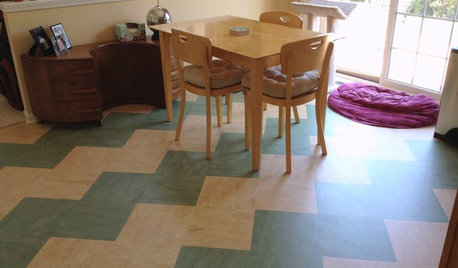
REMODELING GUIDESLinoleum, the All-Purpose Flooring Wonder
Dashing in a rainbow of colors, able to be cleaned with ease and courteous to budgets everywhere, linoleum is a super choice for floors
Full Story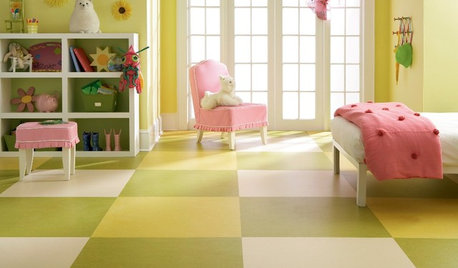
REMODELING GUIDESThe Case for Linoleum and Vinyl Floors
Have pets, kids and a tight budget? Easy-care resilient floors may be the choice for you
Full Story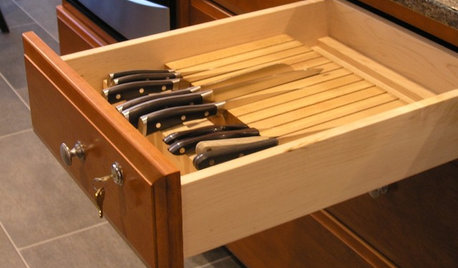
REMODELING GUIDESFrom the Pros: 8 Reasons Kitchen Renovations Go Over Budget
We asked kitchen designers to tell us the most common budget-busters they see
Full Story
HOUSEKEEPINGHow to Clean Hardwood Floors
Gleaming wood floors are a thing of beauty. Find out how to keep them that way
Full Story
FLOORSHow to Paint Your Hardwood Floors
Know how to apply nail polish? Then you can give your wooden floors a brand-new look
Full Story
TILETop Tile Trends From the Coverings 2013 Show — the Wood Look
Get the beauty of wood while waving off potential splinters, rotting and long searches, thanks to eye-fooling ceramic and porcelain tiles
Full Story
DECORATING GUIDESWhat We Can Learn From the Minimalists
Discover the power of simplicity and how to employ a less-is-more approach in your decorating scheme
Full Story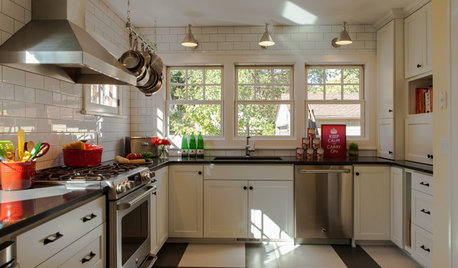
KITCHEN DESIGNGet Ideas from 10 Kitchen Makeovers
Share your thoughts on gorgeous kitchen transformations from Boston to Bristol. Which is your favorite?
Full Story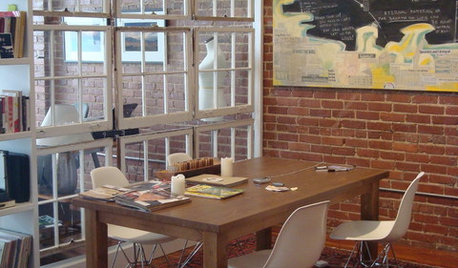
REMODELING GUIDESGet What You Need From the House You Have
6 ways to rethink your house and get that extra living space you need now
Full Story
KITCHEN DESIGN16 Practical Ideas to Borrow From Professional Kitchens
Restaurant kitchens are designed to function efficiently and safely. Why not adopt some of their tricks in your own home?
Full StorySponsored
Columbus Area's Luxury Design Build Firm | 17x Best of Houzz Winner!
More Discussions









lisa33
kudzu9
Related Professionals
Newington Kitchen & Bathroom Designers · Piedmont Kitchen & Bathroom Designers · Town 'n' Country Kitchen & Bathroom Designers · 93927 Kitchen & Bathroom Remodelers · Bethel Park Kitchen & Bathroom Remodelers · Glen Allen Kitchen & Bathroom Remodelers · Independence Kitchen & Bathroom Remodelers · Linton Hall Kitchen & Bathroom Remodelers · Port Arthur Kitchen & Bathroom Remodelers · Rancho Palos Verdes Kitchen & Bathroom Remodelers · Waukegan Kitchen & Bathroom Remodelers · Frisco Architects & Building Designers · Henderson Architects & Building Designers · Plainfield Architects & Building Designers · Rocky Point Architects & Building Designerscjra
Christopher Nelson Wallcovering and Painting
cjra
SaintPFLA
melanie1422
Circus Peanut
fandlil
melanie1422
melanie1422
SaintPFLA
karinl
sautesmom Sacramento